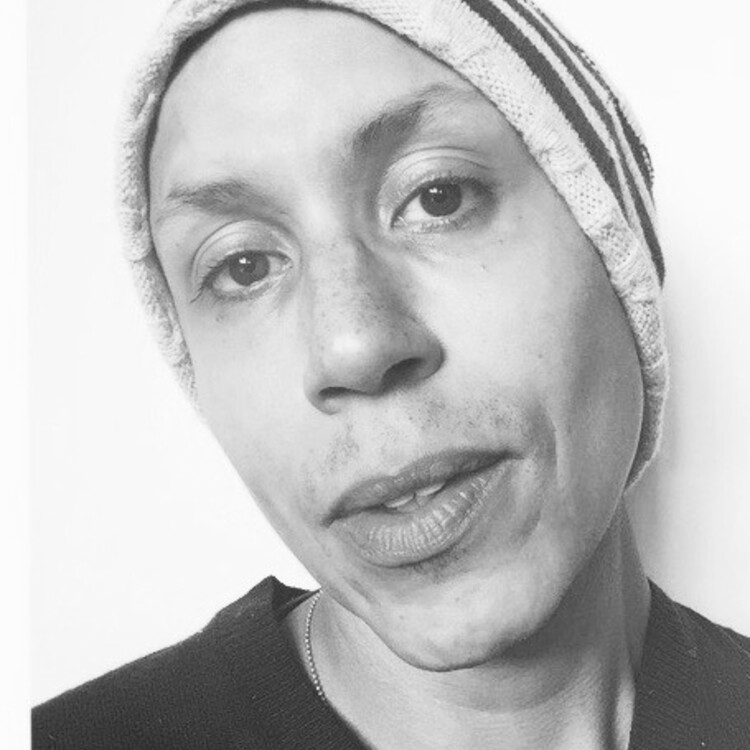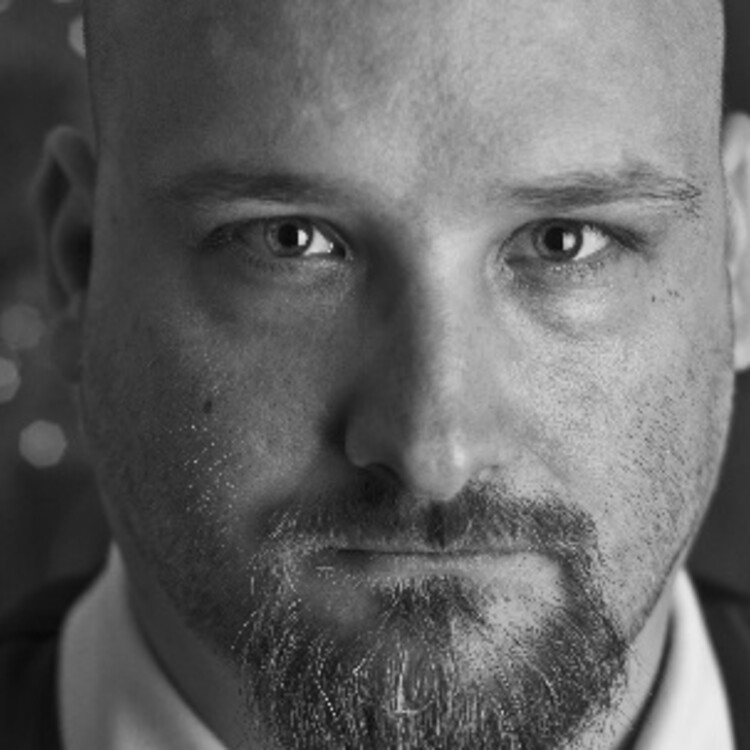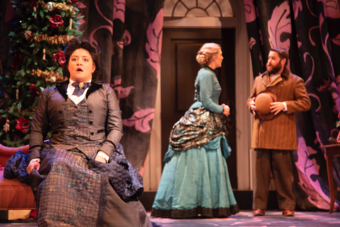Austin
Austin was my first lover. I had boyfriends and girlfriends before. Minneapolis with its shiny earrings and flat shoes and spring pink flush of art crush. Boston with its bad little rich boy aloofness, slumming it with me on the wrong side of the tracks until Mums and Daddums drove by. And Manhattan—too smooth in its muscular electrics and sky high hum—pecked me on the side of my face, made me swoon, saying not yet, baby, not yet, get a little grown on ya first, before ushering me out of its sinuous boroughs. Springfield, where I was from, was family, and so, didn’t count. And DC was a bad news bourgie date from the beginning, too concerned with appearances to get its fingers sticky eating dinner.
I could tell you Austin took my cherry, but the truth is I gave it up. I’ve always been a fast boy trapped in a Puritanical trick bag; but Austin got me sweaty, swayed me, got me open. And like a bubblegum cracked-voice teen wallflower perched next to a humming speaker singing along about that good love, sweet love, let’s stay together, cuz I feel for you, wanna be your lover, let me be your angel, please baby, please… I had been dreaming about Austin long before I met it. Austin was the Valentine you wish was in your class. The cool one, lean, long, with the shiny eyes, copper brown skin, silver smile, raven blue black hair sweeping half his face. That one. Smelling like peppermint on a hot day.
Vicky Boone, then Artistic Director of Frontera at Hyde Park Theatre met me at the airport that first day in May 1994. (Boone founded Frontera with Jason Phelps and Annie Suite in 1992.) She had hired me, pretty blindly, but with her inimitable faith in the unknown, to come direct the southwestern premiere of Shay Youngblood’s Talking Bones. Hot and humid, the air curled my longhair up and out and pressed itself moist on my skin in a lingering welcome kiss. Fat-bellied Southwest jets clambered up through the pudding blue of the impossibly bright sky above as Vicky giggled and said, “You’re so young! Let’s go...” Her tone was wide and green and so was the city into which we drove. Being young here was not going to be a deficiency. I would come to know Austin’s youthful spirit in its many guises, come to feel its whimsy, its carelessness, its ardor, its fickleness, its hunger, its boldness, its swagger, its ignorance, and the curious old-soul wisdom that showed up when you least expected but most needed it. The ceaseless, punishing heat was countered by the fury of its dazzling thunderstorms (which must be felt to be believed). Immediate and extreme, casual yet coiled, with a simple shameless beauty, the environment mirrored the theatre I encountered. In small dark cool halls (Hyde Park Theatre was itself an old brick post office with a strange low slung triangular stage, a booth the size of a matchbox, and seventy-five mismatched seats), I saw some of the most vital performances imaginable.

I would come to know Austin’s youthful spirit in its many guises, come to feel its whimsy, its carelessness, its ardor, its fickleness, its hunger, its boldness, its swagger, its ignorance, and the curious old-soul wisdom that showed up when you least expected but most needed it.
Over the remainder of the nineties, through heady summers and luminous bone-chilling winters, I collaborated with artists on projects that outstripped all our expectations. I sat in awe of the work of my peers. I came to understand that the Austin theatre community simply disregarded the impossible; it drove faster, stayed out later, made that move, got burned, and cried until dawn, cared enough to risk it all, believed in magic so nothing would stand in its way. Vicky and Frontera actuated a genuinely inclusive model of making and telling. In one of the most rigidly segregated southern cities (I-35 cut black from white and white from black, the lake cut both from brown), Frontera regularly produced new work by living American writers of color whose aesthetic visions were complicated and whose characters were not defined by the oppressions they encountered. Frontera democratized its seasons, creating a performance festival, FronteraFest, which still continues, that welcomed first-time performers on bills with legendary artists from around the country. It cultivated the kind of audience I still dream about; it was not uncommon at any Frontera show to see a glamorous old school Texan two-stepping silver-haired couple seated alongside a group of tattooed, camo-wearing gutter punks, seated next to two dolled up sisters from an east side Baptist church, seated next to a blind student and his dog. The site specific festival Mi Casa es su Teatro led people to performance installations across the city in a day long marathon.
Theatre in Austin meant: —dance
There is no way to note a comprehensive list, but indelible snapshots linger. The singular force of Deborah Hay, who traveled through dimensions from Manhattan to engage extended practice in Austin in the eighties, and whose tutelage marked a generation of Austin artists with grace, presence, and fire, moving across a room, simple, unadorned, while everyone held their breath out of time. Bonnie Cullum’s Vortex Theatre, cultivating local voices and championing risk takers from around the country. Ellen Fullman and the otherworldly drone of her long string instrument, made of hundreds of feet of taut piano wire installed in the old Candy Factory and operated by mesmerizing dancers who walked as though through molasses, their chalked fingers strumming the strings alongside them. The pulsing heat of Margery Segal who set text to body like Björk set lyrics to music. The heft of W. David Hancock’s wicked imagination, blurring the line between sane and insane in Deviant Craft. Sonja Parks of Root Wy’mn conjuring up a love soaked jook in Sharon Bridgforth’s transcendent no mo blues that left no soul untouched, and many pairs of panties in a bundle. The interdimensional portal which was Erik Ehn’s Enfants Perdus, a tale of postapocalyptic forced migration (from Minneapolis to Austin) created for Frontera, staged in, next to, across from, and on top of the theatre, and featuring among others: Kristen Kosmas, Ruth Margraff, Shana Gold, Adrienne Martini, Megan Monaghan, Jason Phelps, Margery Segal, Lisa D’Amour (and myself as a mean spirited crow named José in stack heels). Steve Moore and Carlos Trevino’s Physical Plant Theater’s elegiac work, like (once.), which featured a platypus, an overhead projector, an accordion, a hidden altar room with dozens of candles, and a palpable sense of the transition from remembrance to forgetting. Katie Pearl’s brilliant impulses in that and so many other projects; Austin a crucible from which PearlDamour sprung, Olympian. The breathtaking spectacle of Ruth Margraff’s Centaur Battle of San Jacinto directed like a prizefight by Jason Neulander for his Salvage Vanguard Theater and featuring the charismatic actor/writer Dan Dietz. Neulander and David Bucci’s Kid Carnivore, which was simultaneously a play and a rock show. The birth of Rude Mechs and the signal signs of their radical brilliance. Cynthia Taylor-Edwards and the women from the Austin community who rehearsed with me over four months to stage Youngblood’s Shakin’ The Mess Outta Misery at Robi Polgar’s Public Domain space downtown, with a stained glass quilt hand painted by Kymberlee Koym on the floor, upon which a juicy melon was cracked every night at the play’s buoyant climax. This Caetano Veloso-looking black hippie boychick got made and remade every time I went to do or see a show. Performers were flowers you’d never seen before but could never forget. Designers like Leilah Stewart and Kevin Freedman and Scott Segar who made magic from tin, a cassette tape and an Edison light bulb. I fell in love with Austin, hard, to the point that when it broke my heart, I couldn’t even stay mad at it. It’s too pretty that way. Southern rich and western cool. What I know now is that in Austin we all practiced being free.
I watch people at the top of their game whose work is years ahead of its time wait a lot more. I watch the gradual erosion of the constellations of people and architecture that defined the city I knew as New York.
I’m with New York now. We have a serious, adult relationship. There are bills, appointments, play dates, strategic plans; there is dental insurance and a syllabus to revise and pitches to make and video to upload before the presenters’ conference. I keep my MetroCard in my Muji case and grumble at the text-walking-zombies who clog the stairwell at West 4th Street. I ride the train with and walk among people from all over the world. I reside in one of the hubs of US black culture, where I needed to be for my own sanity after navigating the detrimental psychic effects of the obscenely segregated art world. I converse with and collaborate with artists at the top of their game whose work is years ahead of its time. I wait a lot. I watch people at the top of their game whose work is years ahead of its time wait a lot more. I watch the gradual erosion of the constellations of people and architecture that defined the city I knew as New York. I watch as working people, working artists move farther and farther out as Ugg-boot, fake-glasses-wearing trustifarians move into the strange new condos that pepper Alphabet City. I watch the few (few) spaces with the few (few) artistic directors committed to new work by living American theatre artists scrap around for resources and try to serve as many artists as they can. And there is magic. And there is shooting-star inspiration. And there are the only-here majesties of NYC theatre royalty (old and brand-brand new). Yet, things are changing; I’ve fallen in love with a certain city in California (don’t tell NYC just yet; I trust you to keep the secret). A few years back I met a gleaming glass city on the far west coast of Canada and had a week-long fling that still haunts me. And let’s not talk fantasy travel plans. And, always, my heart is still drawn, again and again back to the A-TX. I am older and younger still; so, too, Austin, that old lover of mine has a fresh pair of boots and a spring in its world-wise step. If you’re really hot you don’t need to demonstrate. It’s self-evident. Austin is really hot. Really.
There’s a whole lot the liberal artsy elite dislikes about Texas. And you for sure know you are in Texas each moment that you spend in Austin. But so, too, Texas knows that Austin is in it. As it grows and sprawls and traffics and lines its skies, there is still a vital, true tone at the middle of the Lone Star State’s capital. Austin still feels like itself. Some of its old divisions have deepened even as some new bridges are being built. What the future holds... who knows? A lot has been lost. On a recent trip, I contemplated the changes and the sameness... Some of the casual welcome, many of the fixtures of daily Austin life, have been bruised or broken or erased by gentrification and the swell of a certain kind of moneyed hipsterism that depends on ahistoricity to run its game. And the artists and their companies are older now and younger still. Rude Mechs have sung their song around the world, Kirk and Madge and Lana and Shawn and their crew and their lithe ensemble regularly writing their tales in the eager minds of their audiences; Rubber Repertory creating their physics defying phenomena. The wide concrete torso of the new Zach Theatre with its bright blue ribs that were fixed on one at a time, its lot full of shiny cars, glinting, next to Lady Bird Lake. Lisa Byrd and Pro Arts presenting exciting work by contemporary black theatre artists. Ron Berry has made Fusebox the annual hub event for theatre and performance and draws an international crowd with his innovative programming. On my last trip there, grabbing a coffee, I ran into scholar/artist Heather Barfield and heard news of a one-woman water ballet with paper puppets at Salvage Vanguard (entering this new decade under the captainship of Jenny Larson) while she picked up her grilled cheese from Thunderbird Coffee on Manor. A string of bang-pow-zap Facebook postings from the unstoppable Jason Neulander and his catch-a-fire Intergalactic Nemesis, which is taking the United States by storm. Images like night-strung lanterns from that cool-well gentleman, Steve Moore, who describes the frame of his new play Adam Sultan, about Adam Sultan, the musician who lives in Austin and should absolutely have a play written about him. The raucous yes that is Barbara Chisholm filling a room with contagious laughter on a night off from any of the stages she owns so effortlessly. Florinda Bryant discussing the angle of the hat she’ll wear to portray black cowgirl Thunder Rose at the Theatre Action Project fundraiser. MFA Playwright Gabrielle Reisman and Dramaturg/Director Will Davis huddled in the Winship building at UT, tending a rowdy flock of three-hole-punched pages from the soon-to-be-read draft of Reisman’s Catch the Wall, a fearless play about Bounce Music, education, and post-Katrina New Orleans. Arthouse downtown increasingly weaves performative elements into its curatorial strategy. Frontera has dissolved, but its company has rooted itself across the globe, and each member has created a distinct and impressive body of work. The Statesman and the Chronicle still devote substantial energy to the theatre; some of the most nuanced and thoughtful arts criticism I’ve read anywhere has been in the Chronicle. ALLGO, the queer people of color organization continues to present hybrid work by nationally celebrated artists as a part of its multi-platform community work. And in a polyglot collaboration, several theatres are uniting to produce a newly penned project by the magnetic Sibyl Kempson. Austin is going strong.
Just shy of twenty years since my initial encounter with Austin, this summer, my collaborator, Bobby Halvorson, and I will return to Austin to perform a special version of Jomama Jones: Radiate at SVT and workshop our new musical Bright, Now, Beyond.
You always remember your first. And when the first was in some ways the best it figures a future from its past; sets its song of desire in a major key making minor all the memories; reminding you the one prerequisite to doing it all again, even better, new, now is that you simply must believe in spring.















Comments
The article is just the start of the conversation—we want to know what you think about this subject, too! HowlRound is a space for knowledge-sharing, and we welcome spirited, thoughtful, and on-topic dialogue. Find our full comments policy here
"that depends on ahistoricity to run its game." You know that right. Damn, boy. This is why I LOVE You!!!
Thanks for this beautiful piece and for bringing a time and place that remain dear to my heart so vividly and poetically to life. Lovely to know how many artistic paths still lead to and from Austin.
So glad I visited, D (through the SB portal). You've been on this sinuous journey and now I feel I got to share a few more streets with you (besides Elliot Av.;) Beautiful voice.
So grateful to have come up in Austin theater with all of these folks around me. Thanks, Daniel!
Such sweet memories, so beautifully rendered--thank you D
Thank you for this beautiful reminder of the home I had for five wonderful years.
Wow! Thank you for writing this poetry/this topography/this Journey. Yes!
oh DAJ... you master of description. more, more, more. thanks for the rich and delicious walk down memory lane.
A gorgeous Austin history lesson by a master teacher/creator. Feel so blessed to be connected!!J